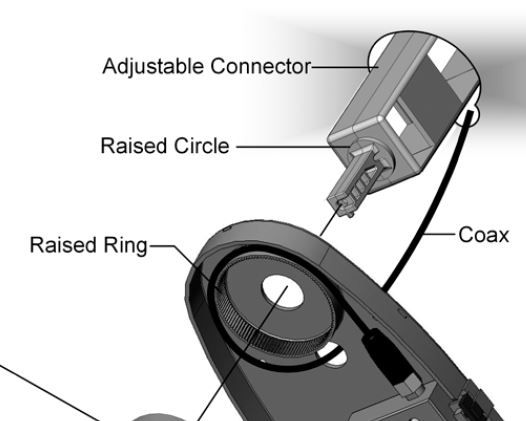burrko wrote:
I think I failed to clearly explain that, while they used coaxial connectors, the wire between the connectors is just a single conductor, 26-gauge stranded wire that is connected to the center conductor of the coax connectors. It has very little strength to resist twisting and breaking. In using coaxial cable, the outer shield (I would use the heavier coax with the woven wire shield) would not be used as a conductor. It would only serve for strengthing the cable. Hope this helps explain. Thanks!.
Below is a picture from the Jack manual. Are you saying that the cable labeled "Coax" is a single conductor with no braid or foil shielding?

